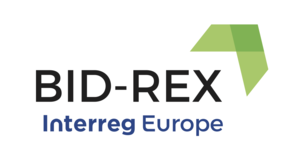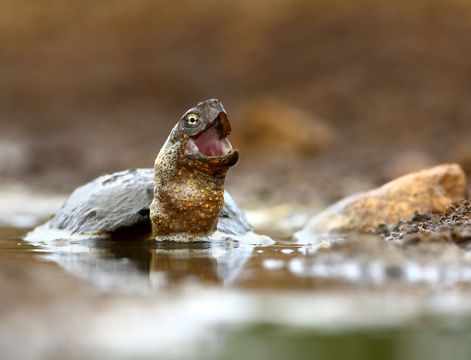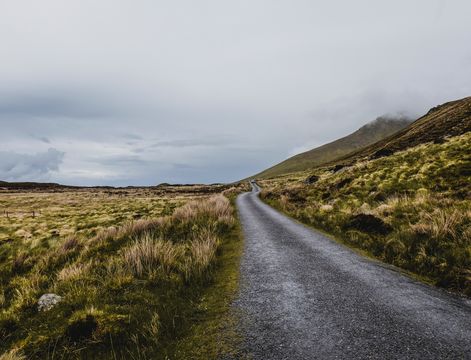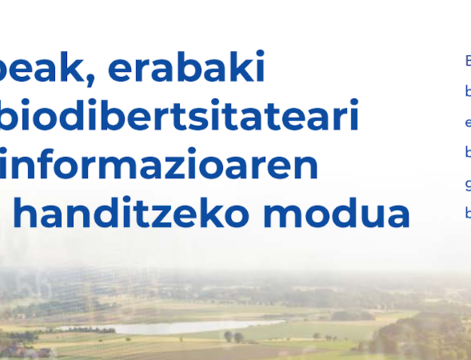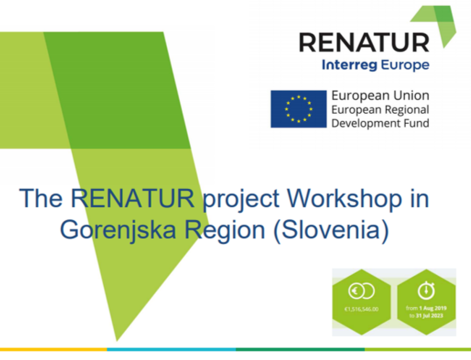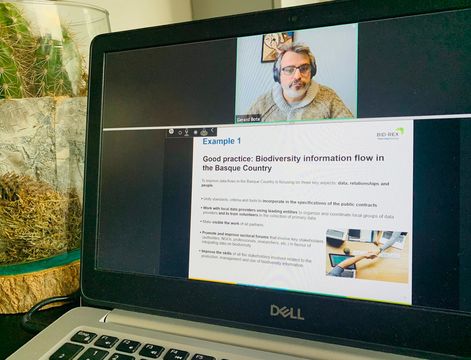Norfolk County Council (NCC), as one of two UK partners in Interreg Europe project BID-REX alongside the University of East Anglia (UEA), organised a very successful two-day conference across two locations showcasing the wonderful biodiversity and cultural heritage of the county.
As part of the project, representatives from the six partner regions attended: Catalonia, the Basque Country, Slovenia, Belgium, Italy and Hungary.
Day two involved a change of scenery, from the restored Nunnery to the grandeur of Holkham Hall in North Norfolk. Brian MacSharry from UNEP-WCMC captivated the audience with a global perspective on biodiversity data.
Jo Judge, CEO of National Biodiversity Network (NBN), then presented the NBN atlas project. The Atlas aggregates biodiversity data from multiple sources and makes it available and usable online.(https://nbnatlas.org/) It is the UK’s largest collection of freely available biodiversity data, and a leading project in Europe.
The talks then focused on Norfolk County Council’s work on biodiversity within the Environment team. Martin Horlock, Environment Manager, presented NBIS, the Norfolk Biodiversity Information Service, a “one stop shop” for data and information. NBIS uses biodiversity data to meet the needs of decision-makers on a daily basis. Martin presented the success of NBIS on a local scale but also how it fits within a wider data network.
Still from NCC, David White, Green Infrastructure Team Leader, perhaps winning the award of best presentation from those in attendance, presented a case study of usage of biodiversity data in major development schemes in Norfolk. On show, the case of bats and the Northern Distributor Road, a new major ring road built to the north of the city of Norwich. Good to see how data is used in everyday life, and the influence it has, also a topic to be broached during the workshop later that week.
Finally Katy Owen from NCC presented the Norfolk Mink Project Initiative (thenorfolkminkproject.org.uk) which she coordinated until 2018 as part of the Norfolk Non-Native Species Initiative (NNNSI). The project works with regional stakeholders at catchment area and members of the public to limit the decline in native water populations (such as water voles) caused by the introduction of the American Mink. Katy showed how moving from paper recording to online digital tools helped the project leap forward and exceed expectations.
The Holkham day was followed by a visit of Holkham beach and nature reserve, which will be the site of a biodiversity audit.
All presentations from the day are available on the library page of the BID-REX Interreg Europe website.
